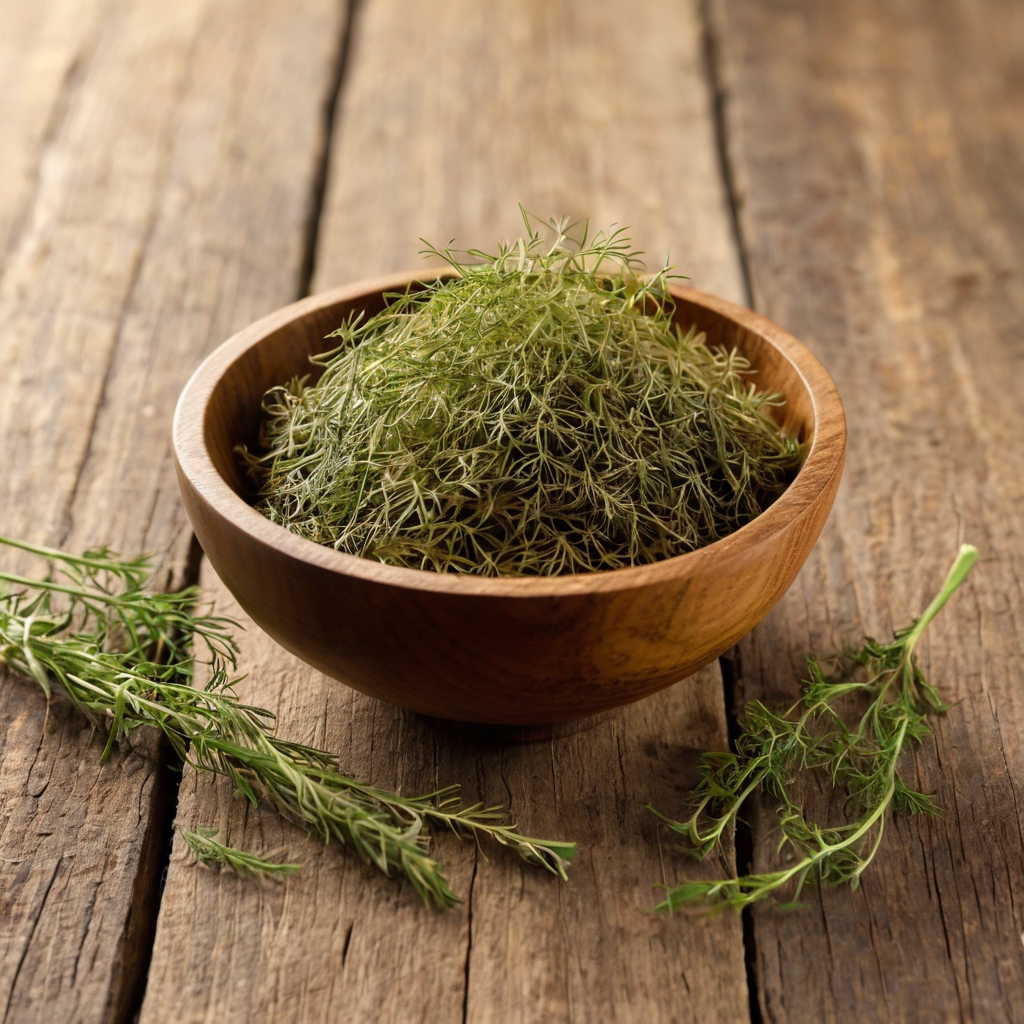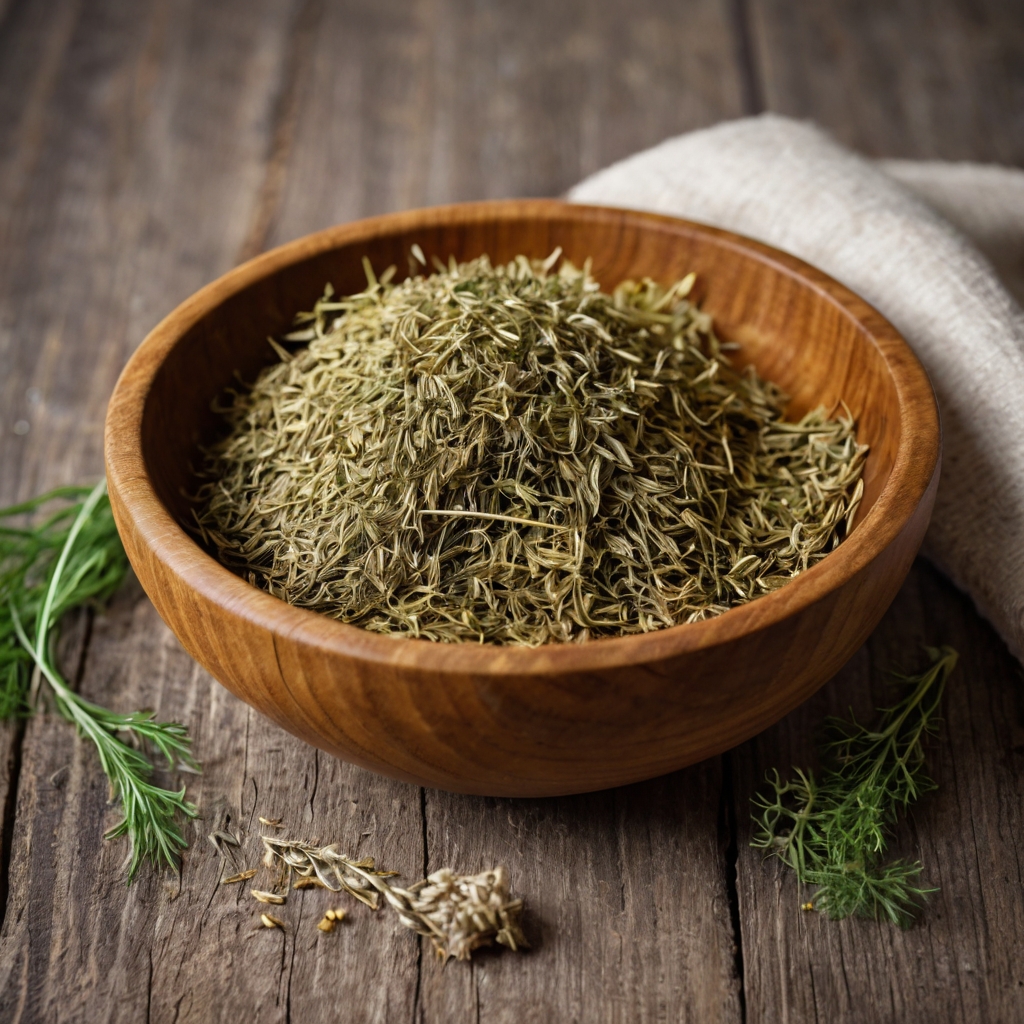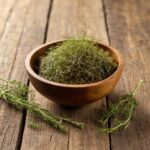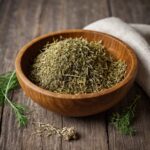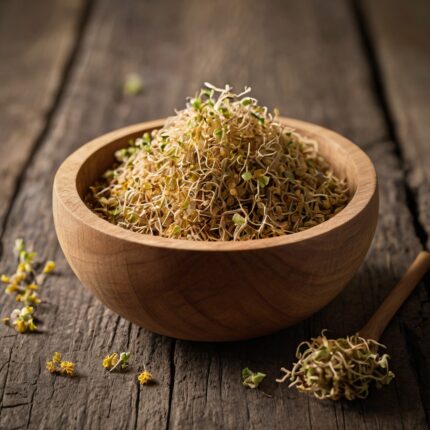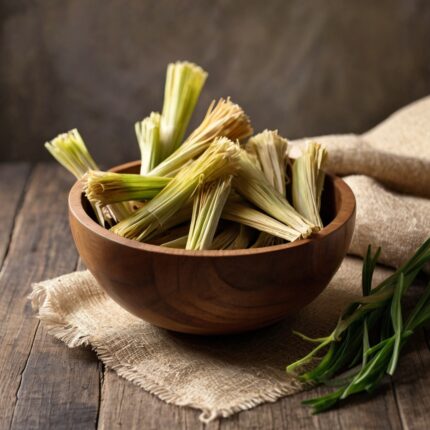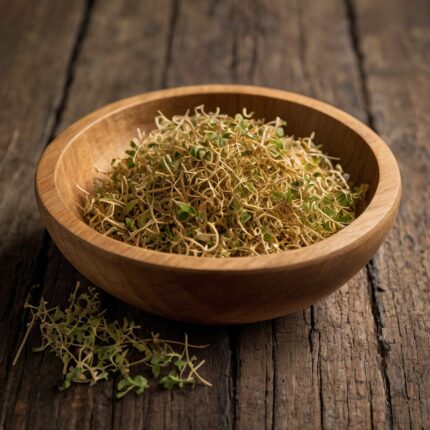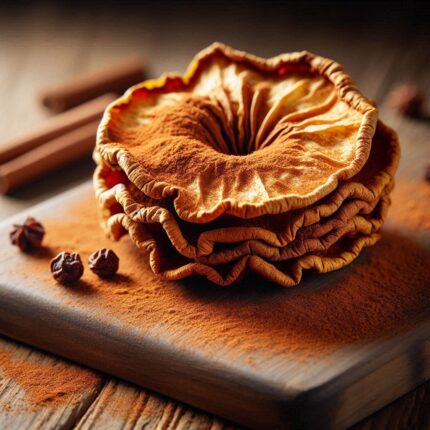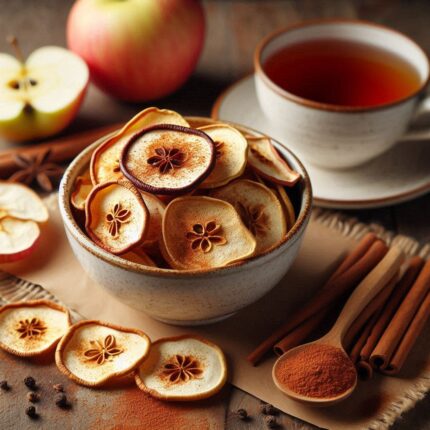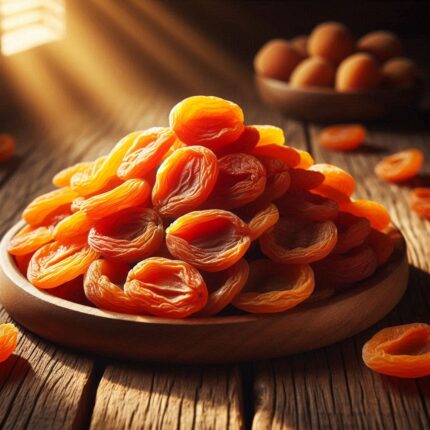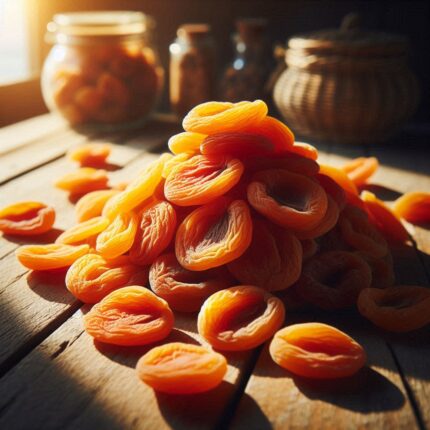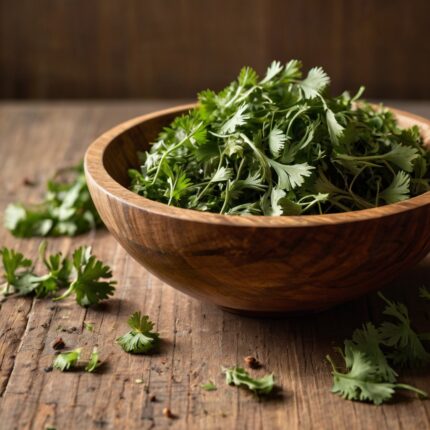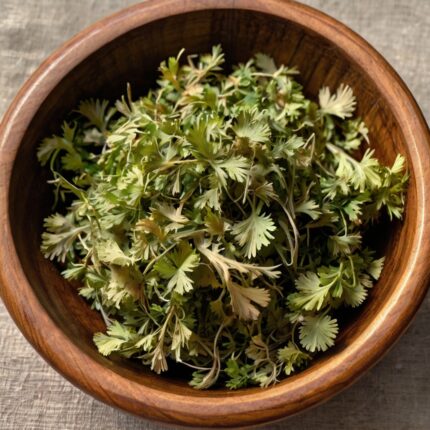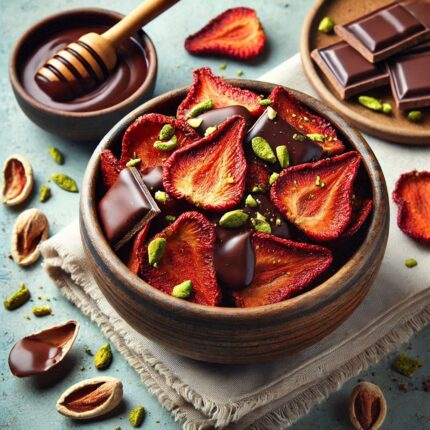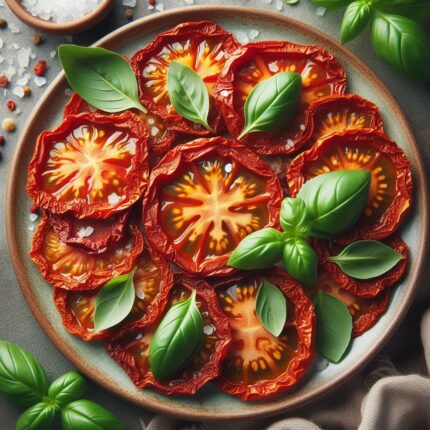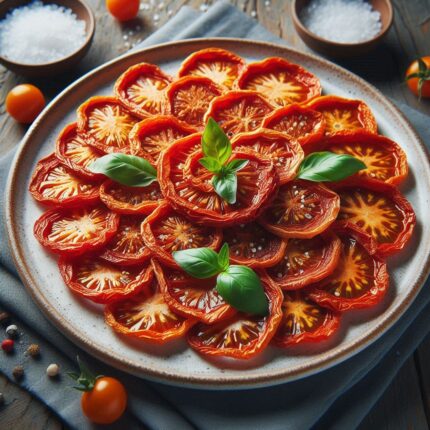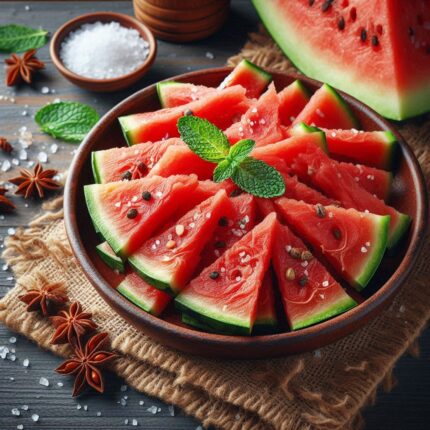Dill is a popular spice that has been dried to preserve its flavor, aroma, and nutritional benefits. Dill (Anethum graveolens) is often used in cooking to add a fresh, tangy, and slightly sweet flavor, especially in dishes like pickles, salads, fish dishes, and soups. When dill is dried, its flavor becomes more concentrated, and it can be used as a versatile ingredient in a variety of culinary applications.
Key nutrients:
- Rich in vitamin K: Dried dill is an excellent source of vitamin K, which plays a crucial role in bone health and blood clotting.
- Rich in fiber: Dried dill contains significant amounts of dietary fiber, which aids digestion and helps maintain healthy cholesterol levels.
- Mineral content: Dill contains significant amounts of calcium, iron, magnesium, and potassium, which are essential for bone health, muscle function, and overall metabolic processes.
- Low in calories: Despite being rich in nutrients, dried dill is relatively low in calories, making it a good addition to low-calorie diets.
How to use dried dill:
Dried dill retains much of its unique flavor, but its taste is more concentrated than fresh dill, so it can be used in smaller quantities. Below are some ways to use dried dill:
-
Flavoring for dips and sauces:
- Tzatziki sauce: Dried dill can be used in making tzatziki, a Greek yogurt-based sauce.
- Ranch dressing: Dill is a key ingredient in ranch dressing and dip mixes, both homemade and store-bought.
- Mayonnaise or aioli: Add dried dill to mayonnaise or aioli to enhance its flavor, often used in sandwiches, burgers, or as a dip.
-
Soups and stews:
Dill works well in creamy soups (such as potato or cucumber soup) or in hearty stews. Simply add a small amount of dried dill while the soup or stew is simmering. -
Seasoning for fish:
Dill is a classic spice for seasoning fish dishes, especially salmon and rainbow trout. Mix it into seasoning blends or sprinkle it over the fish before cooking. -
Pickling:
Dill is one of the main spices used in pickling. Dried dill can be used in homemade pickling solutions for cucumbers, carrots, beets, and other vegetables. -
Salads:
Dried dill can be used in green salads, potato salads, or pasta salads to add a layer of flavor. -
Spice blends:
Combine dried dill with other dried herbs such as thyme, basil, and marjoram to create seasoning blends for bread, grilled vegetables, or pasta dishes. -
Bread and baking:
Dried dill can be incorporated into bread dough, especially in flatbreads or artisanal bread, to create a distinct flavor. -
Cooking grains or rice:
Add dried dill to the cooking water for rice, quinoa, couscous, or other grains to impart a subtle, herbaceous flavor. -
Herbal tea:
Dill can be used in herbal teas, either alone or combined with other herbs like mint or chamomile, to create a soothing and aromatic drink.
| Nutrients | Amount per 100 grams: |
| Calories | 290–300 |
| portoin | 5–6g |
| fat | 6–7g |
| Saturated Fat | 1–1.5g |
| Carbohydrates | 55–60g |
| Dietary Fiber | 40–45 g |
| suger | 2–3g |
| vitamin A | 2,500–3,000 |
| C | 50–60 |
| K | 400–500 |
| Folate: | 60–70 |
| Calcium: | 700–900 mg |
| iron | 15–20mg |
| Magnesium: | 200–250mg |
| Potassium: | 1,500–2,000mg |
| Sodium | 50–70mg |
